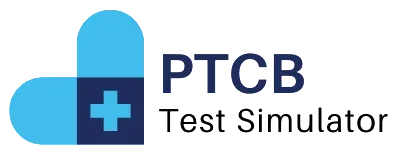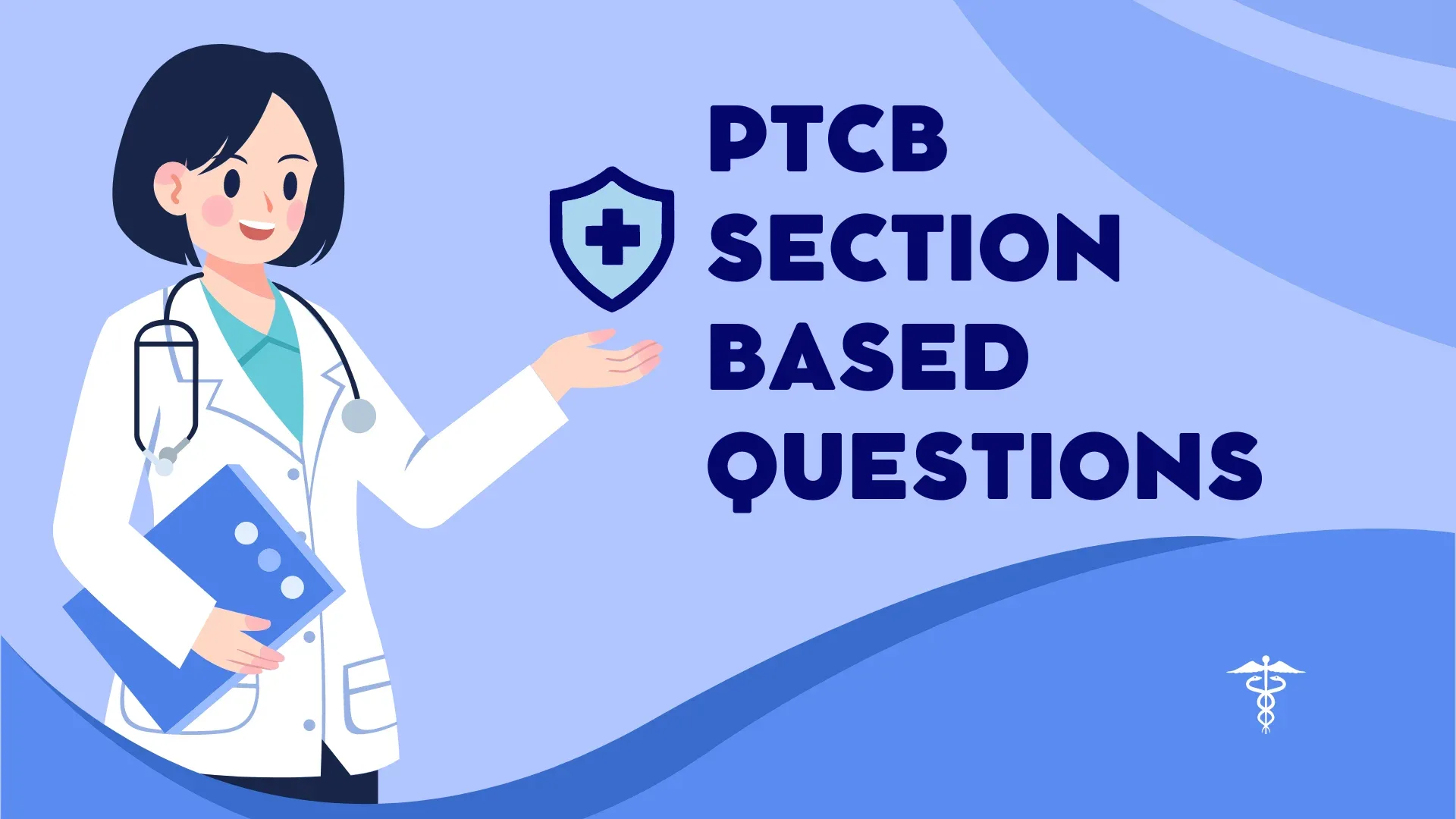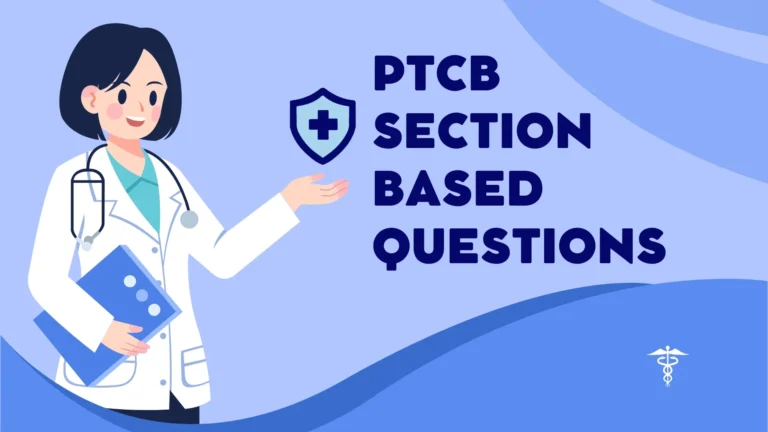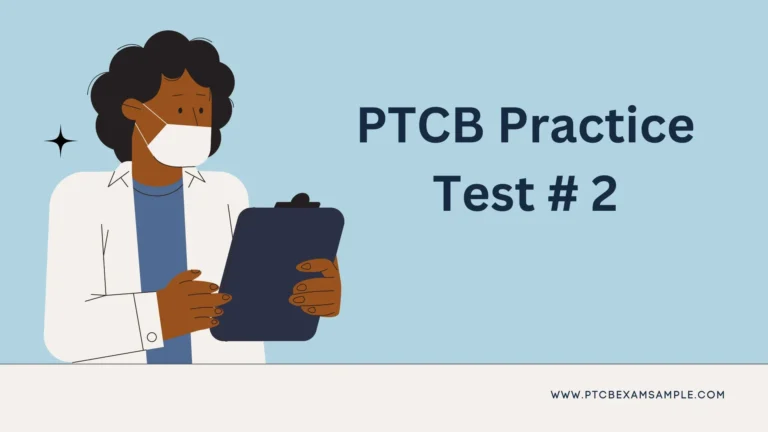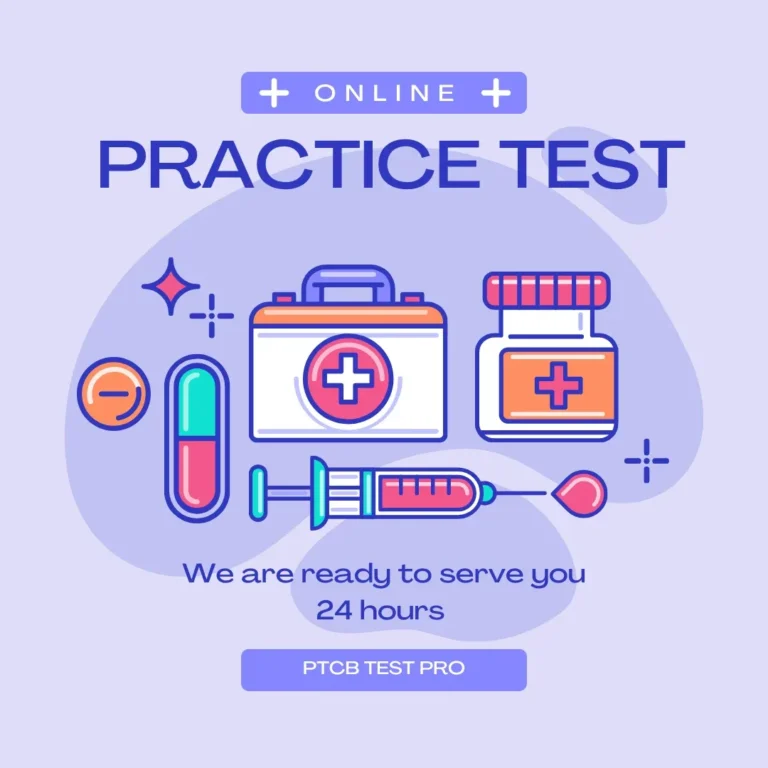PTCB Math Quiz
PTCB Math Quiz is an essential skill for pharmacy technicians, and the Pharmacy Technician Certification Board (PTCB) exam includes questions that test mathematical abilities. Pharmacy technicians use math to calculate dosages, convert units, determine compound ratios, and manage inventory. This article presents a PTCB Math Quiz designed to help you practice and prepare for the PTCB exam. We’ll cover various mathematical concepts, including basic arithmetic, dosage calculations, unit conversions, and more.
Try More Practice Tests
Key Math Concepts for Pharmacy Technicians
Before diving into the quiz, let’s review some of the fundamental math concepts that pharmacy technicians need to master for the PTCB exam. These concepts are critical for accurate medication dispensing and patient safety.
Dosage Calculations
Dosage calculations involve determining the correct dose of medication based on a prescription or order. Pharmacy technicians must understand the relationship between the desired dose, the available strength, and the amount to be dispensed.
Unit Conversions
Pharmacy technicians often need to convert between different units of measurement, such as grams to milligrams or liters to milliliters. Accurate conversions are crucial for ensuring proper dosing.
Ratios and Proportions
Ratios and proportions are used to solve problems involving equivalent relationships. Pharmacy technicians use these concepts to determine the correct mixture of compounds or the ratio between different ingredients.
IV Flow Rates
In hospital settings, pharmacy technicians may need to calculate intravenous (IV) flow rates. This involves determining the volume of fluid to be delivered over a specific time period.
Percent Strength
Percent strength calculations are used to determine the concentration of a solution. Pharmacy technicians often use this concept when compounding or preparing medications.
PTCB Math Quiz: PTCB Exam Sample
The following PTCB Math Quiz is designed to test your knowledge of mathematical concepts relevant to the PTCB exam. Use this quiz to assess your understanding and identify areas for further study.
Question 1: Dosage Calculation
A prescription requires 250 mg of a drug. If you have 125 mg tablets, how many tablets will you dispense? A) 1 tablet B) 2 tablets C) 3 tablets D) 4 tablets
Answer: B) 2 tablets
Explanation: To determine the number of tablets to dispense, divide the required dose by the available strength. Here, the required dose is 250 mg, and the available strength is 125 mg per tablet. Thus, 250 mg ÷ 125 mg/tablet = 2 tablets.
Question 2: Unit Conversion
Convert 500 milliliters (mL) to liters (L). A) 0.5 L B) 0.05 L C) 5 L D) 50 L
Answer: A) 0.5 L
Explanation: To convert milliliters to liters, divide by 1,000. Since 1 liter contains 1,000 milliliters, 500 milliliters ÷ 1,000 = 0.5 liters.
Question 3: IV Flow Rate Calculation
An IV bag contains 1,000 milliliters (mL) of fluid and needs to be infused over 4 hours. What is the flow rate in milliliters per hour (mL/hr)? A) 250 mL/hr B) 200 mL/hr C) 300 mL/hr D) 150 mL/hr
Answer: A) 250 mL/hr
Explanation: To calculate the flow rate, divide the total volume by the total time in hours. Here, the total volume is 1,000 mL, and the total time is 4 hours. Thus, 1,000 mL ÷ 4 hours = 250 mL/hr.
Question 4: Ratio and Proportion
If a drug is available in a 2:1 ratio of drug A to drug B, how much drug B is needed for 100 mg of drug A? A) 50 mg B) 200 mg C) 100 mg D) 25 mg
Answer: A) 50 mg
Explanation: In a 2:1 ratio, for every 2 parts of drug A, there is 1 part of drug B. To find out how much drug B is needed for 100 mg of drug A, divide by 2. Thus, 100 mg ÷ 2 = 50 mg.
Question 5: Percent Strength Calculation
A solution contains 5 grams of solute in 100 milliliters of solution. What is the percent strength? A) 5% B) 0.5% C) 50% D) 25%
Answer: A) 5%
Explanation: To calculate percent strength, divide the weight of the solute by the total volume of the solution, then multiply by 100 to get the percentage. Here, 5 grams ÷ 100 milliliters × 100 = 5%.
Question 6: Dosage Calculation by Body Weight
A patient weighs 70 kilograms and requires a medication dose of 0.2 milligrams per kilogram. What is the total dose in milligrams? A) 14 mg B) 7 mg C) 28 mg D) 35 mg
Answer: A) 14 mg
Explanation: To calculate the total dose, multiply the patient’s weight by the dose per kilogram. Here, 70 kilograms × 0.2 mg/kg = 14 mg.
Question 7: Conversion from Household to Metric Units
How many milliliters (mL) are there in 2 tablespoons (tbsp)? A) 30 mL B) 15 mL C) 60 mL D) 20 mL
Answer: A) 30 mL
Explanation: Each tablespoon is equivalent to approximately 15 milliliters. Thus, 2 tablespoons × 15 mL/tbsp = 30 mL.
Tips for PTCB Exam Success
To excel in the math section of the PTCB exam, consider these tips:
- Practice Regularly: Consistent practice with quizzes and math problems helps reinforce your understanding of key concepts. Use this PTCB Math Quiz to test your knowledge.
- Understand the Basics: Ensure you have a solid grasp of basic arithmetic, unit conversions, ratios, and proportions. These skills are fundamental for pharmacy technicians.
- Create a Conversion Chart: Develop a chart with common unit conversions, such as grams to milligrams and liters to milliliters. Keep it handy for quick reference.
- Use Study Guides and Resources: Utilize study guides and online resources designed for the PTCB exam to improve your math skills and knowledge of other exam topics.
- Join Study Groups: Consider joining study groups or online forums where you can discuss math problems and other topics related to the PTCB exam.
By following these tips and practicing with this PTCB Math Quiz, you’ll be well-prepared for the math section of the PTCB exam and better equipped for your role as a pharmacy technician.
Conclusion
Mathematics is a critical skill for pharmacy technicians, and the PTCB exam tests these skills through various questions and problems. This PTCB Math Quiz, designed as a PTCB exam sample, provides a comprehensive approach to mastering math concepts. By focusing on these topics and practicing regularly, you’ll increase your chances of success on the PTCB exam and ensure accurate medication dispensing in your pharmacy career.
